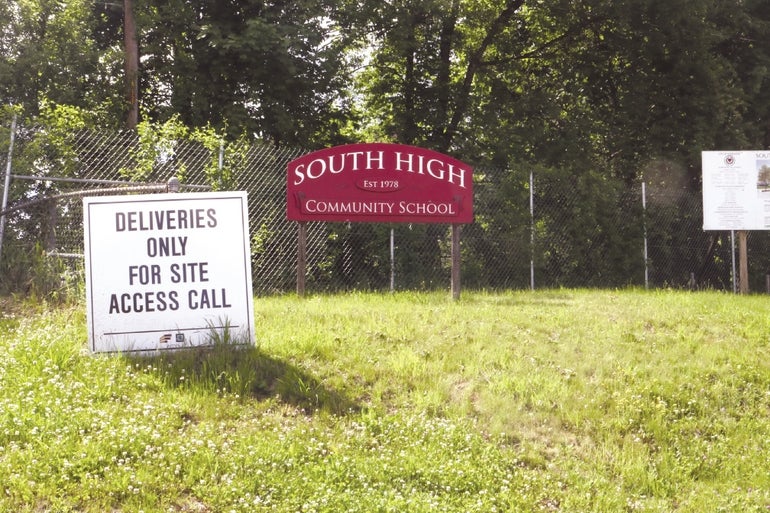Massachusetts schools this fall will be required to develop hybrid learning plans that teach students in-person and remotely on alternating schedules, under guidance that state education officials are releasing Thursday.
In order to reopen after a spring where schools abruptly closed their classrooms and shifted to remote learning as COVID-19 cases mounted, school officials will have to develop three models: one for entirely remote learning, one for a hybrid of remote and in-person instruction, and an in-person model that complies with new health and safety protocols.
Those in-person protocols will require the reconfiguration of classrooms, schedules, and other elements of the traditional school day, according to the Department of Elementary and Secondary Education. The department said its plan “prioritizes getting students safely back to school in person, following a comprehensive set of health and safety requirements.”
All adults and students in second grade and above will be required to wear masks or face coverings, and time for “mask breaks” will be built in throughout the day. Exceptions will be made for medical conditions and other health and safety factors, and students in kindergarten and first grade “should be encouraged” to wear masks or face shields.
Classrooms will be re-arranged to accommodate physical distancing — the department wants schools to aim for a distance of six feet when feasible, with three feet the minimum distance allowed. There will not be a prescribed maximum on group sizes, as long as the distancing requirements are met. Schools will be asked to use libraries, auditoriums and cafeterias for additional classroom space.
Elementary and Secondary Education Commissioner Jeff Riley published guidance earlier this month indicating that masks, smaller class sizes and frequent hand-washing would be part of a return to school.
The sudden shift to remote learning has underscored gaps in technology and access, and presented new challenges for working parents. A return to physical school buildings and the associated public health precautions will likely bring new costs to schools that are already bracing to receive less state aid than they’d anticipated due to the economic downturn.
Riley, who this spring convened a working group to help develop a reentry plan, is scheduled to join Gov. Baker at a noontime State House press conference, along with Education Secretary James Peyser and Lt. Gov. Karyn Polito.

